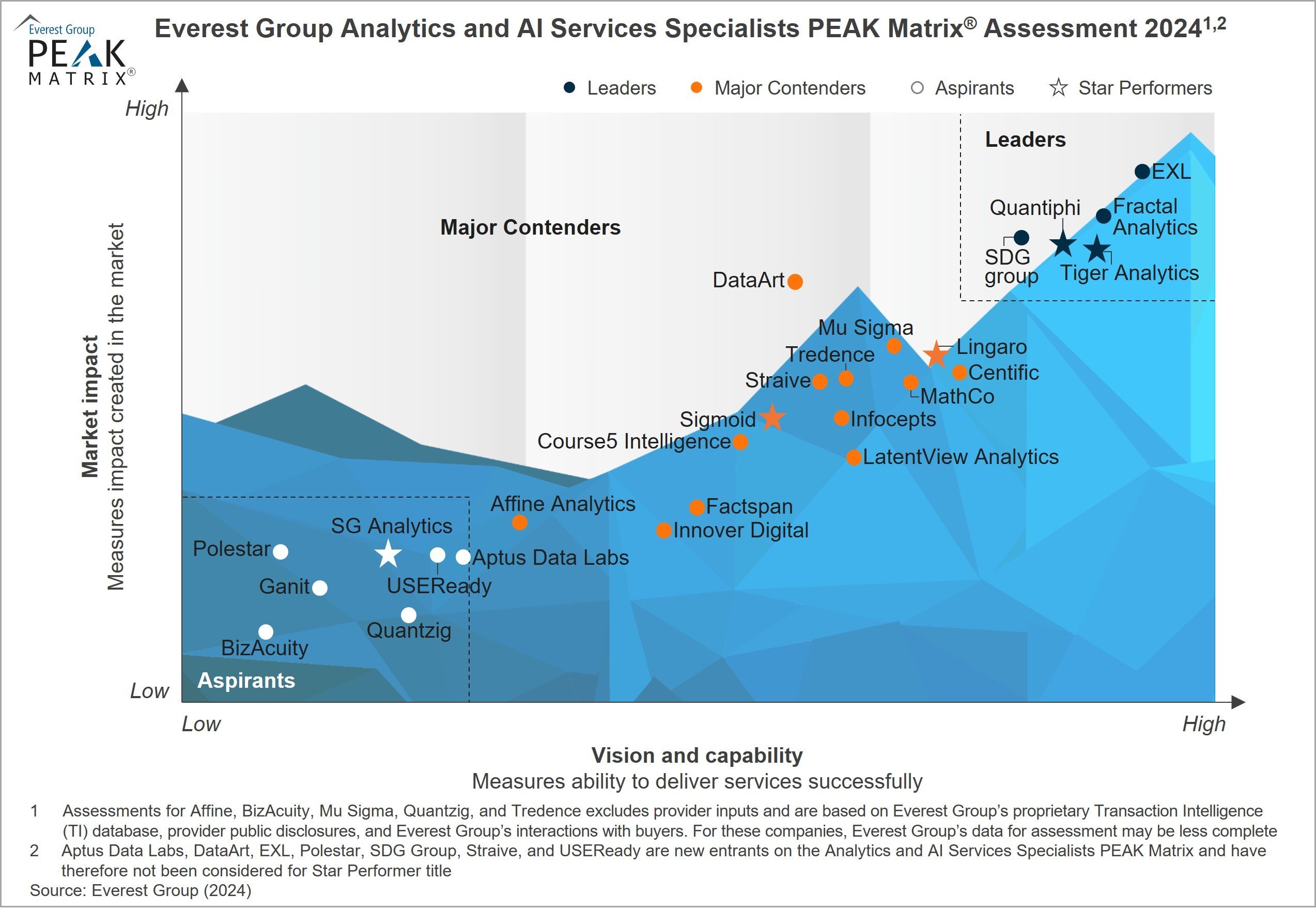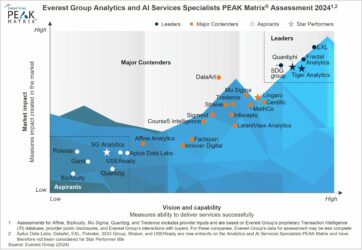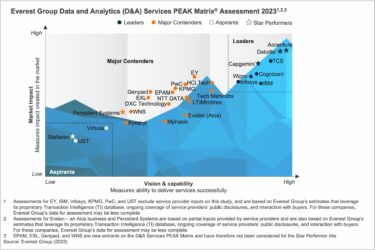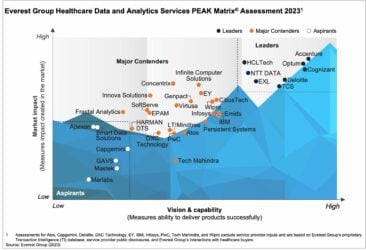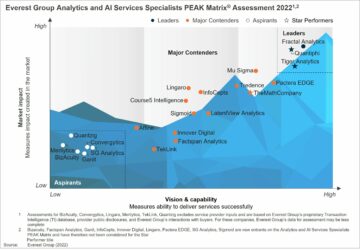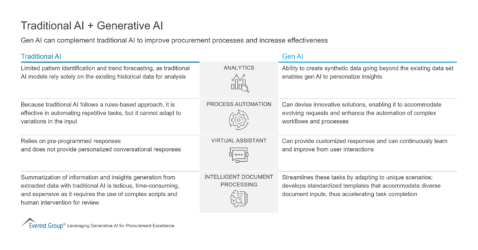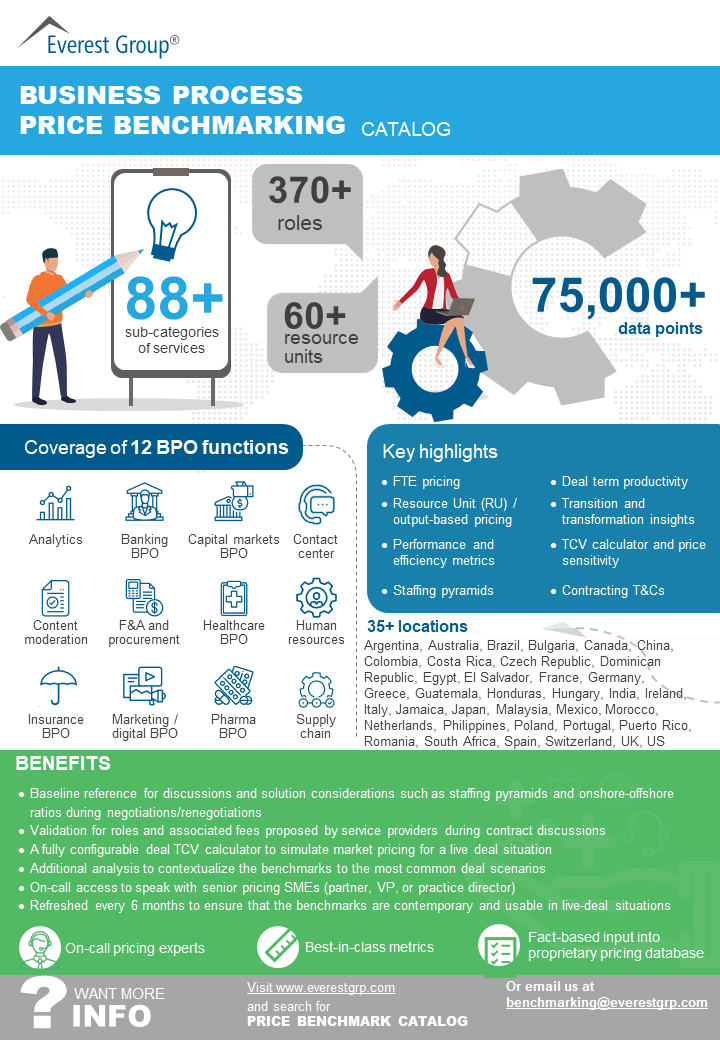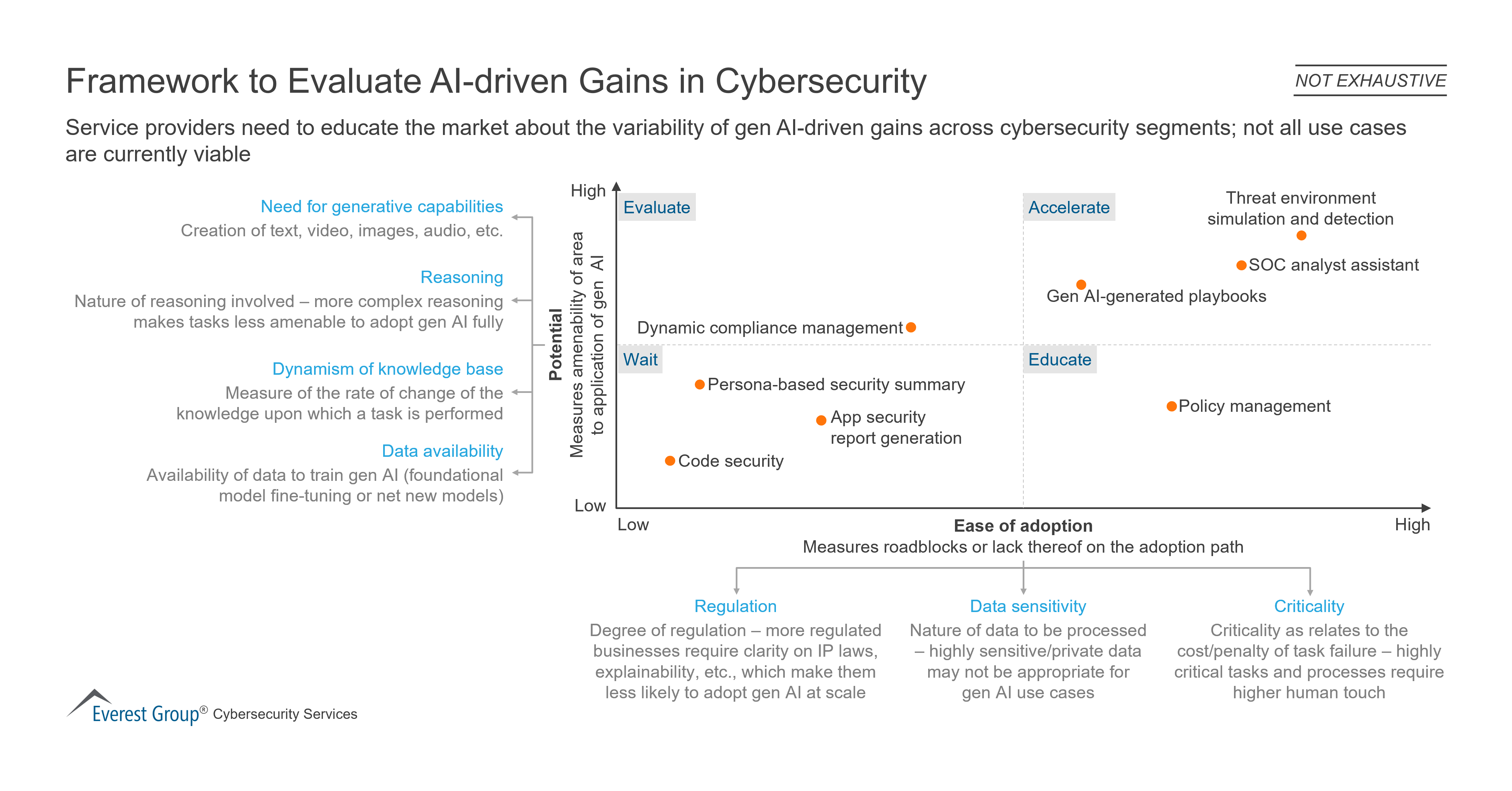March 19, 2024
With their exceptional computing prowess, quantum computers have the potential to revolutionize various sectors by expediting complex problem-solving. In this first blog of our two-part series, we delve into quantum computer types, opportunities for businesses and IT service providers, and their impact on modern cryptographic algorithms. Get in touch to discuss further.
What is quantum computing?
Quantum computing is an innovative approach that leverages the principles of quantum mechanics to solve extremely complex problems much faster than classical computers. Unlike classical computers using bits, quantum computers employ qubits, such as photons or atoms, for information encoding. Quantum computing progressed from 2-qubit systems in the 1980s to tens in the 2000s, and by the late 2020s, significant milestones were achieved. Google’s “quantum supremacy” in 2019 with a 53-qubit processor and IBM’s 433-qubit chip, IBM Osprey, set records. In 2023, Atom Computing unveiled an 1180-qubit quantum computer.
Quantum bits exhibit numerous types of quantum phenomena. Let’s explore the following:
- Superposition – Quantum bits, or qubits, can represent both 0 and 1 simultaneously, allowing quantum computers to process information much faster than classical computers
- Entanglement – Qubits become perfectly correlated, even when separated by large distances. This means that changing one qubit instantly affects its entangled partner, enabling quantum computers to determine the value of the other qubit immediately.
These principles allow quantum computers to perform calculations based on the probability of a qubit’s state before measurement, revolutionizing computing capabilities
Despite substantial investments, current systems face scalability and stability issues. Error correction and fault tolerance also remain complex, with each additional qubit increasing the probability of errors and higher sensitivity to environmental noise. These issues highlight the ongoing hurdles in quantum computing’s path to widespread commercialization.
Quantum computer types
Quantum computers have different architectures, determined by the nature of qubits and quantum mechanics phenomena used to manipulate them. The research and innovation put into these architectures deliver solutions to problems that previously could not be solved due to classical computers’ limited computing capabilities.
Below are some of the most typical architectures that enterprises should be familiar with:
- Superconducting: Usually made from superconducting materials, these computers use loops and circuits to produce and alter the qubits. They are the most sophisticated and popular quantum computers and can accurately model and simulate the behavior of molecules, materials, chemical reactions, etc. This feature finds practical utility in fields like drug discovery, materials science, and chemistry, where understanding the quantum behavior of complex systems is essential. They also excel in solving optimization problems, such as route optimization, scheduling, and resource allocation, which have applications in logistics, supply chain management, and financial portfolio optimization
- Trapped ion: These quantum computers use ions trapped and manipulated in an electromagnetic field as qubits. Their long coherence times make them viable for applications requiring high stability and control levels
- Neutral atom: Similar to trapped ion quantum computers, these use neutral atoms suspended in an ultra-high vacuum by arrays of tightly focused laser beams. They also offer long coherence times and high-fidelity operations, making them suitable for implementing complex quantum algorithms such as simulations and solving optimization problems in logistics and cryptography
- Quantum dots: These use semiconductor quantum dots or tiny semiconductor nanocrystals as qubits that can confine electrons or other charge carriers, usually manipulated by electrical, magnetic, or microwave pulses. Theyhave the potential for robust scalability and are typically implemented in quantum communication networks and quantum sensing, among other use cases
- Photonic/optical: Photonic quantum computers leverage photons (or packets of light) to carry and process quantum information. It can play a significant role in quantum communication protocols, enabling secure transmission of information through quantum key distribution (QKD) and quantum teleportation. This ensures the confidentiality and integrity of data, which is essential for various sectors such as finance, defense, and telecommunications
Implications for enterprises and IT service providers
Quantum computing presents numerous opportunities for enterprises across various industries to revolutionize their operations, drive efficiency, and unlock new possibilities for growth and innovation.
As the field matures, business leaders must prepare to embrace quantum computing in the following five ways:
- Educate stakeholders: Enterprise leaders must educate themselves, their teams, and stakeholders about quantum computing, its potential applications, and its implications for their industry. They can organize workshops, training sessions, and seminars to increase awareness and understanding of quantum computing concepts and opportunities
- Identify potential use cases: Leaders must understand their respective fields’ most significant challenges and opportunities and actively search for quantum computing use cases. This can be achieved by either having an in-house team of quantum computing experts or collaborating with academia, research institutions, regulatory bodies, and other industry players to stay abreast of the latest quantum computing technology advances
- Build a quantum-ready workforce: After identifying relevant quantum computing use cases, leaders must build a dedicated team with expertise in quantum physics, algorithms, hardware, software, and other related fields that can work together to research, design, and implement quantum solutions tailored to their needs. This will enable the enterprise to filter out the hype and focus on areas with real business implications
- Invest in research and development: By allocating resources to R&D initiatives focused on quantum computing, enterprises can explore potential use cases, develop proof-of-concept projects, and experiment with quantum algorithms and applications relevant to their industry
- Understand technology needs: Enterprises should determine the frequency of their quantum computing usage to help decide whether to purchase/own a quantum computer or utilize cloud-based quantum services provided by computing companies. It is crucial for enterprises to carefully evaluate and choose quantum-computing partners based on their unique requirements
Service providers can play a crucial role in educating enterprises about the potential applications of quantum computing in their specific industry sectors and help them navigate the challenges and benefits associated with its adoption. Enterprises should understand they don’t necessarily need to own or build a quantum computer. Instead, they should embrace quantum computing as a service that provides multiple benefits, such as scalability, elasticity, reduced costs, and increased accessibility.
Furthermore, it’s crucial to communicate to enterprises that quantum computers will not require continuous availability, as they will coexist alongside classical computers. Providers can collaborate with enterprises on R&D initiatives and develop custom algorithms and applications tailored to their business needs. Additionally, providers have an essential role in helping enterprises navigate quantum computing security concerns.
Quantum computing’s impact on modern cryptographic algorithms
Cryptography has served as the cornerstone of secure communication in the digital age, addressing multiple information security aspects, such as confidentiality, data integrity, authentication, and non-repudiation in the presence of third parties or adversaries. Some of the foundational elements of cryptography are:
| Algorithm |
Description |
Use-cases |
Examples |
| Hash function/
algorithm |
Transform input data into fixed-size strings called hash values |
Password hashing, digital signatures, hash-based message authentication codes (HMACs), and data integrity verification |
SHA2, SHA3, Blake2 |
| Symmetric algorithms |
Uses one key for both encryption and decryption |
Data encryption, SSL/TLS, MACs, and VPNs |
AES, RC6, Blowfish, Twofish |
| Asymmetric algorithms |
Uses a pair of keys: a public key for encryption and a private key for decryption |
HTTPS, digital signatures, email encryption, blockchain, public key infrastructure (PKI) |
RSA, DSA, ECDSA, EdDSA, DHKE, ECDH, ElGamal |
Many cryptographic algorithms that enterprises rely on today, such as RSA and ECC, are based on mathematical problems that are computationally difficult for classical computers to solve efficiently.
However, the advent of quantum computing threatens the security of these algorithms. Shor’s algorithm efficiently solves integer prime factorization and discrete logarithm problems, breaking the security of RSA and other asymmetric encryption schemes. Additionally, Grover’s algorithm threatens symmetric cryptographic algorithms and hash functions by offering a quadratic speedup in searching through unsorted databases.
| Cryptographic algorithm |
Type |
Purpose |
Impact from large-scale quantum computer |
| AES |
Symmetric key |
Encryption |
Large key sizes needed |
| SHA-2, SHA-3 |
|
Hash functions |
Large output needed |
| RSA |
Public key |
Signatures, key establishment |
No longer secure |
| ECDSA, ECDH
(Elliptic curve cryptography) |
Public key |
Signatures, key establishment |
No longer secure |
| DSA
(Finite field cryptography) |
Public key |
Signatures, key establishment |
No longer secure |
Source: Report on Post-Quantum Cryptography (nist.gov)
Quantum computing – a mixed blessing?
Given their immense computational powers, quantum computers have the potential to revolutionize various fields by solving specific problems much faster than classical computers. Rapid technological advancements in the field make it critical for enterprises to understand the technology, determine potential use cases, and prepare for it.
However, the need for robust quantum-safe or post-quantum cryptographic solutions becomes increasingly evident as quantum computing advances. Read our next blog in this series to learn how to navigate quantum computing security concerns.
To discuss further, please contact Prabhjyot Kaur, Kumar Avijit, and Suseel Menon.
Don’t miss the Global Services Lessons Learned in 2023 and Top Trends to Know for 2024 webinar to learn the successes, challenges, and trends that defined the services industry in 2023 and the opportunities for business leaders in 2024.
